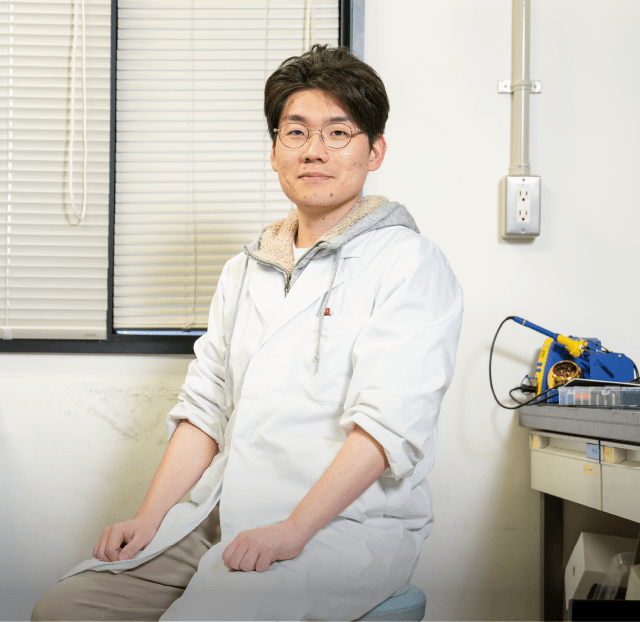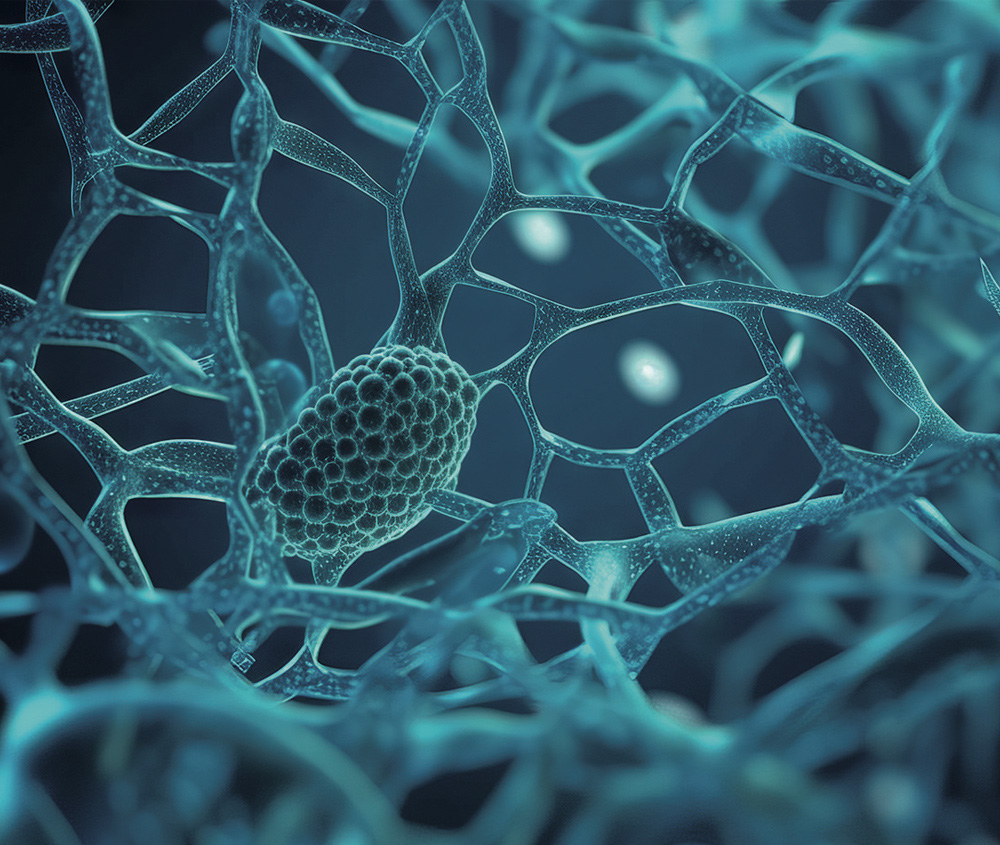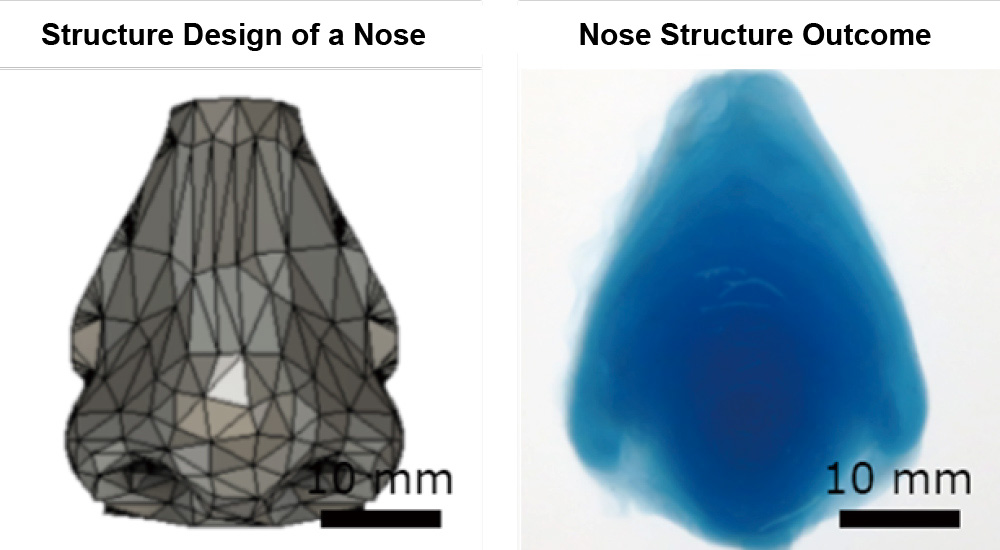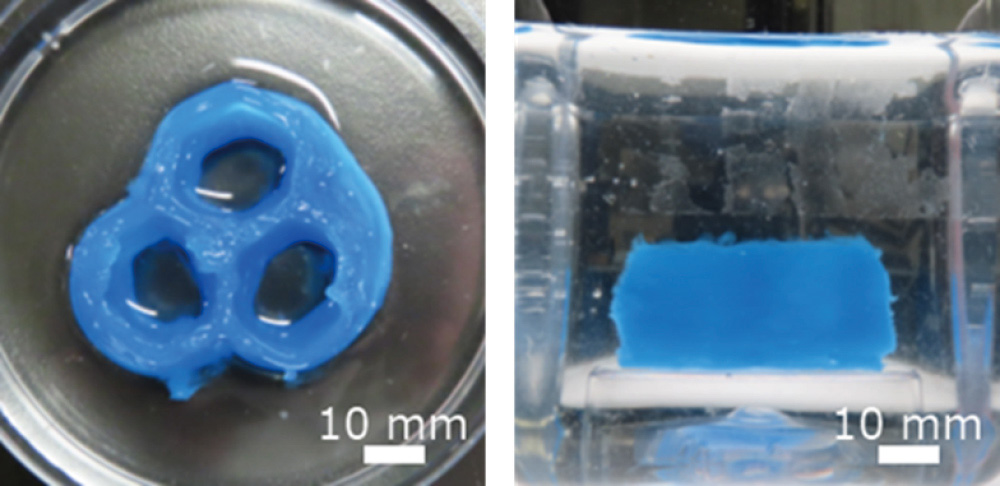Development of 3D Printer Capable of Fabricating
Soft Structures
Development of 3D Printer Capable of Fabricating
Soft Structures
The technology of 3D bioprinting to fabricate structures containing living cells has been developed and is expected to enable production of organs for transplantation and shorten the waiting period for donors. In our study, we further developed this technology to print softer and larger structures containing living cells than ever before. The problem with printing soft structures, without disturbing cell growth, is that the soft structures are deformed by their own weight while in printing. We have developed a technology to deal with this problem as well as a 3D printer that can actually make structures with this technology.
- Affiliation:
- Division of Chemical Engineering,
School of Engineering Science,
Graduate School of Engineering Science,
Osaka University
SAKAI Laboratory,
Biochemical Materials Engineering Group
- Representative:
- Takashi Kotani

Graduate School of Engineering Science,
Osaka University
Takashi Kotani
He is conducting research on 3D bioprinting at Sakai Laboratory. While developing the technology, he became keenly aware of the marketability and potential of 3D printing, and decided that he would like to start his own business and commercialize the technology.
SOCIALSocial Implementation
Responding to the Needs of Researchers in the Medical Field and Basic Research
Conventional 3D bioprinters are limited in the size of the structures they can print and in the inks they can use, making it difficult to create structures similar to actual tissues, making it difficult to create structures like actual tissues. In this research, we developed a technology to address these problems and also developed a 3D bioprinter to which the technology can be applied. The ability to fabricate structures that are larger, more complex, and more similar to organs will enable us to meet the needs of many researchers in the medical field and in basic research.
ORIGINALITYUniqueness, Passion for Development
We Make the Impossible Possible by Developing Unique Inks in Conjunction with Technology and Hardware
To print structures, not only ink but also another material is alternately extruded from nozzles. The extruded material supports shapes and promotes hydrogelation of the ink. This printing technology enables the printing of soft structures suitable for cell growth and functionality, that have been difficult to be printed in the past. In addition, the development of inks, printing technologies, and 3D bioprinters, which were previously carried out separately, are now unified. We believe that this will expand the range of application of newly developed inks and technologies and increase the possibilities of their use.
VISIONDream, Outlook, Business Image
Further Applications for Printing Even Larger Organs, Food Made from Insects, Cultured Food, and Other Fields
In the future, we will further expand the scope of application and develop technology and printers that can print structures similar in size to actual organs. Future research will demonstrate whether the developed printer can actually be used to create structures in which cells are functionalized and organized. In addition, we aim to expand the application of our technology to fields beyond 3D bioprinters. For example, by applying the technology to the recently popular topics of insect food and cultured meat, we will explore the application of our soft structure printing technology to other fields, such as a "3D Food Printer" that can fabricate food products.

image photo



